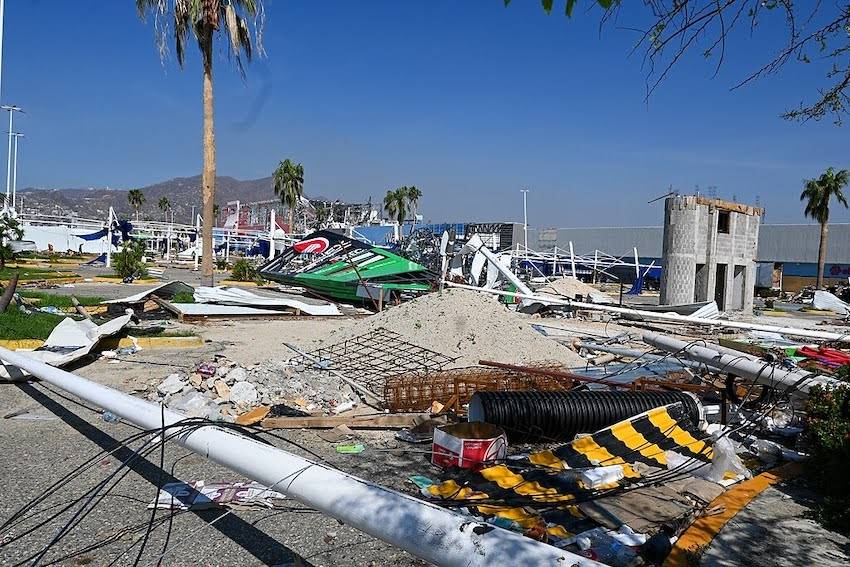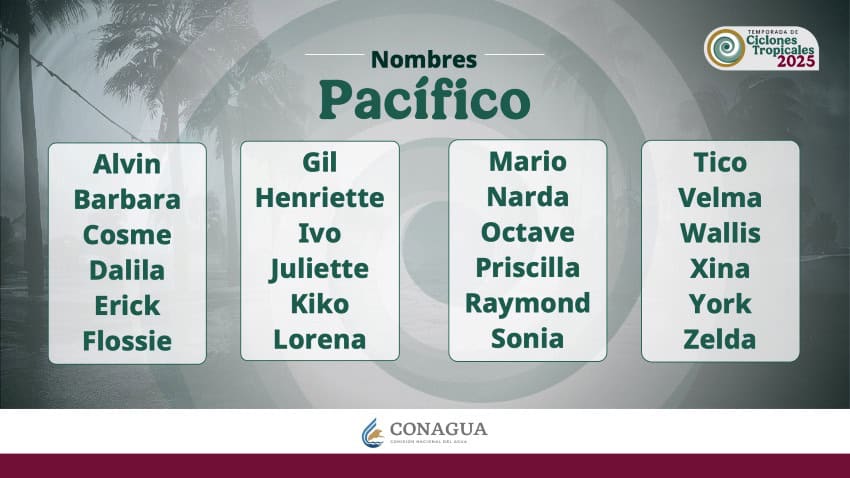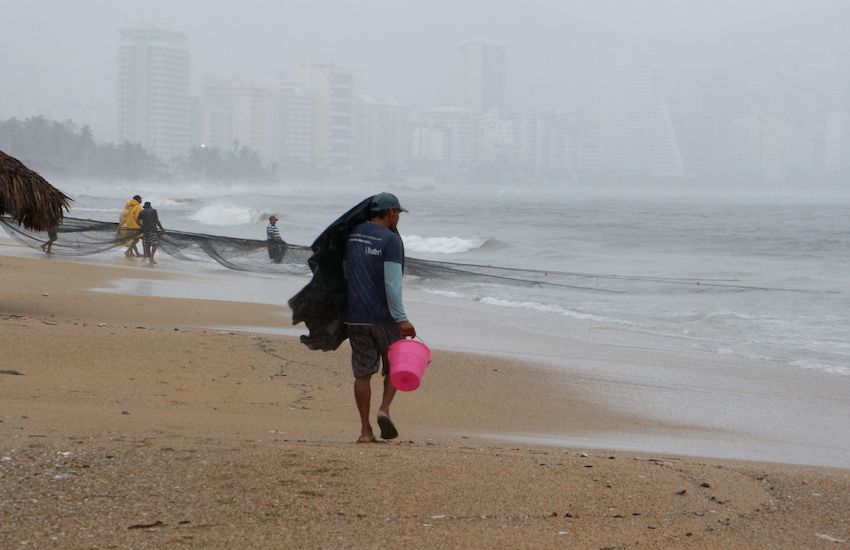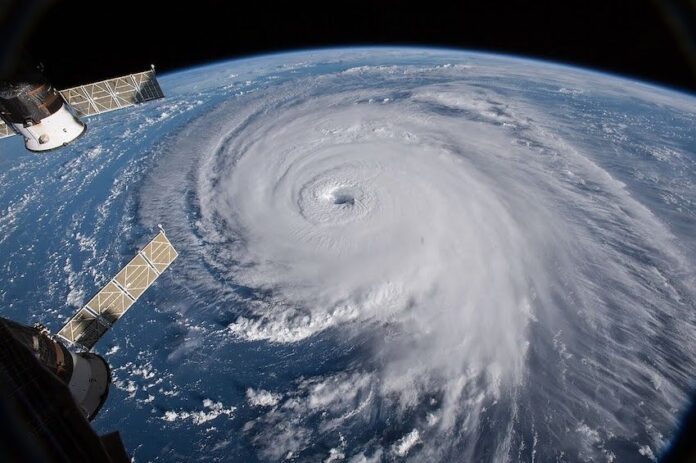It’s finally here! The first shower arrived in Mexico City on May 8, 2025, marking the unofficial start of the city’s long-awaited rainy season. After a very dry spring this year, temperatures are finally falling with the first downpours.
Nothing brings capitalinos more joy than a cloudy CDMX. Yet, however excited we get when the rain comes — imagine anything worse than a dry season with pretty bad air quality? — we know that the rainy season in Mexico also brings hurricanes to folks in coastal areas.

Due to the global climate crisis, when hurricanes arrive nowadays, they tend to be wilder, more dangerous and more unpredictable. A disturbing example of this occurred in 2023 in Acapulco with Hurricane Otis, which grew in strength so quickly, it took Mexican officials by surprise and caused over 50 deaths and overwhelming damage to the resort community.
Though it is practically impossible to know how many hurricanes there will actually be, or how hazardous they might become, authorities have outlined best practices and contingency guidelines to go through a hurricane safely.
If you’re living in Mexico in an area prone to hurricanes, read on to learn more about them and how to stay safe if you run into the path of one.
When does Mexico’s hurricane season start?
Hurricane season in Mexico officially started in the Pacific Ocean on May 15. The Atlantic hurricane season in Mexico will begin on June 1. Both end on Nov. 30. This period also coincides with the rainy season throughout much of the country.
According to the National Meteorological Service (SMN), hurricanes are tropical cyclones that have gained great strength. Heavy rain and winds come with these natural phenomena. “When a storm’s maximum sustained winds reach 74 mph,” says the National Oceanic and Atmospheric Administration (NOAA), “it is called a hurricane.”

Hurricanes are typically classified into five categories in the Saffir-Simpson Hurricane Wind Scale, depending on wind strength and the danger they pose to the population:
- Category 1: 74–95 mph
- Category 2: 96–110 mph
- Category 3: 111–130 mph
- Category 4: 131–155 mph
- Category 5: Winds greater than 155 mph
This year, the SMN is predicting up to 37 cyclones in the Atlantic and Pacific combined, the first of which will be named Andrea.
Hurricanes more aggressive and unpredictable
Hurricane Otis was a grim reminder that the global climate crisis is not a hoax. Rising ocean temperatures, a consequence of the planet’s warming, has resulted in cyclones, hurricanes and related events becoming even more intense and hard to predict.
“This change is likely related to warming ocean temperatures and more moisture in the air,” said a recent NASA report, “both of which fuel hurricanes.”
After the disastrous effect Hurricane Otis had on the coast of Guerrero in 2023, particularly in Acapulco, being wary of hurricane season in Mexico is a must. How to be safe, then?
How to stay safe during hurricane season
The northwestern states in Mexico, such as Sinaloa and the southern part of the Baja California Peninsula, are particularly vulnerable to the Pacific hurricane season in Mexico. In the Atlantic, the Yucatán Peninsula is frequently hit, too, along with the Caribbean coast. If you’re living around these areas, the first thing to do is stay up-to-date with the news through official media.
The Water Ministry (@Conagua_clima on the social media platform X and Conagua Comisión Nacional del Agua-SMNmx on Facebook) shares information on its social media accounts, particularly on X, and posts updates about each storm’s trajectory and behavior.

Monitoring local news is key to knowing how each weather phenomenon is developing and what to do in case of an emergency. In case of a natural disaster, these outlets also typically publish where to get help or seek shelter. Local and state governments used to dealing with tropical storms and hurricanes year after year — such as in the Yucatán Peninsula — usually post important resident information on social media in the days before a dangerous storm makes landfall. Look also on social media for your state’s Civil Protection agency, which may have useful information posted.
If your local or state government advises not to go out, or in an extreme case, to evacuate, by all means, listen to official instructions. Also, please, avoid misinformation at all costs: always try to verify your sources with reliable outlets. WhatsApp chains, unofficial individuals’ social media accounts or random Facebook posts are not reliable enough, and could even harbor a scam.
The following advice is always advisable, especially if you live in a risky area:
- Stay indoors, even during brief periods of calm
- Avoid flooded or affected areas
- Follow government guidelines and keep up to date with official information
- And, of course, if necessary, be prepared for any aftermath
Stay safe, folks!
Andrea Fischer contributes to the features desk at Mexico News Daily. She has edited and written for National Geographic en Español and Muy Interesante México, and continues to be an advocate for anything that screams science. Or yoga. Or both.
